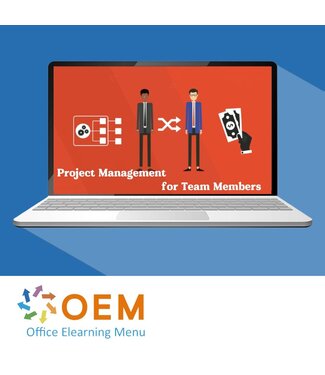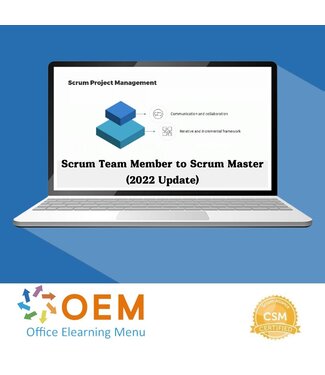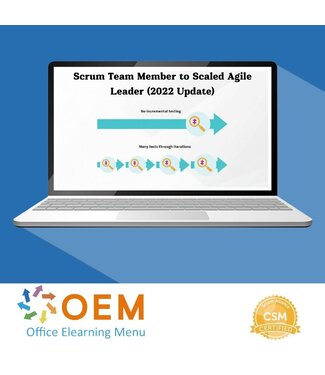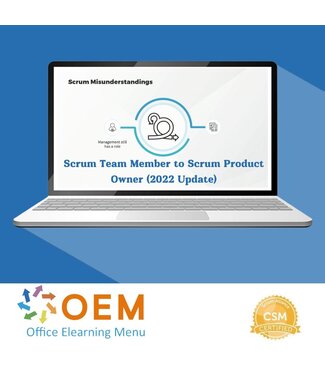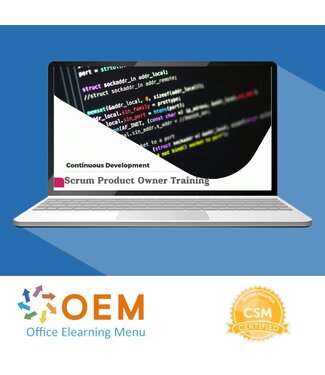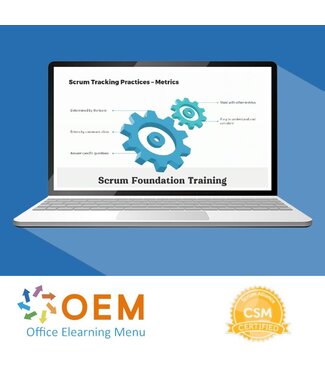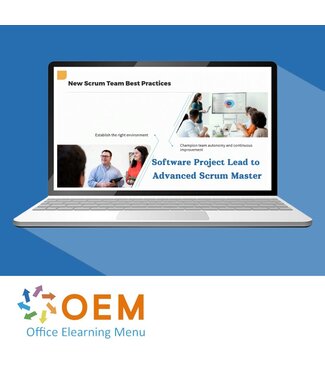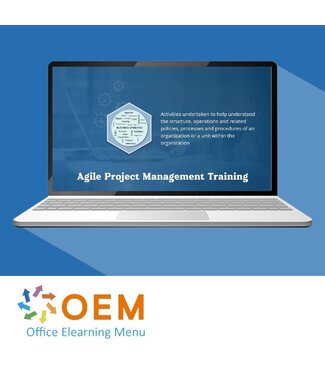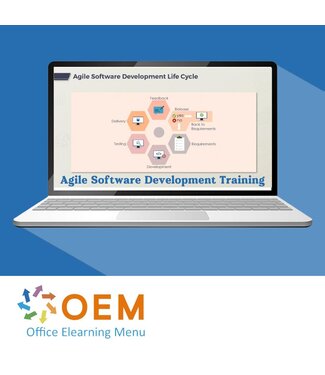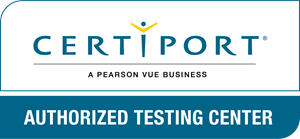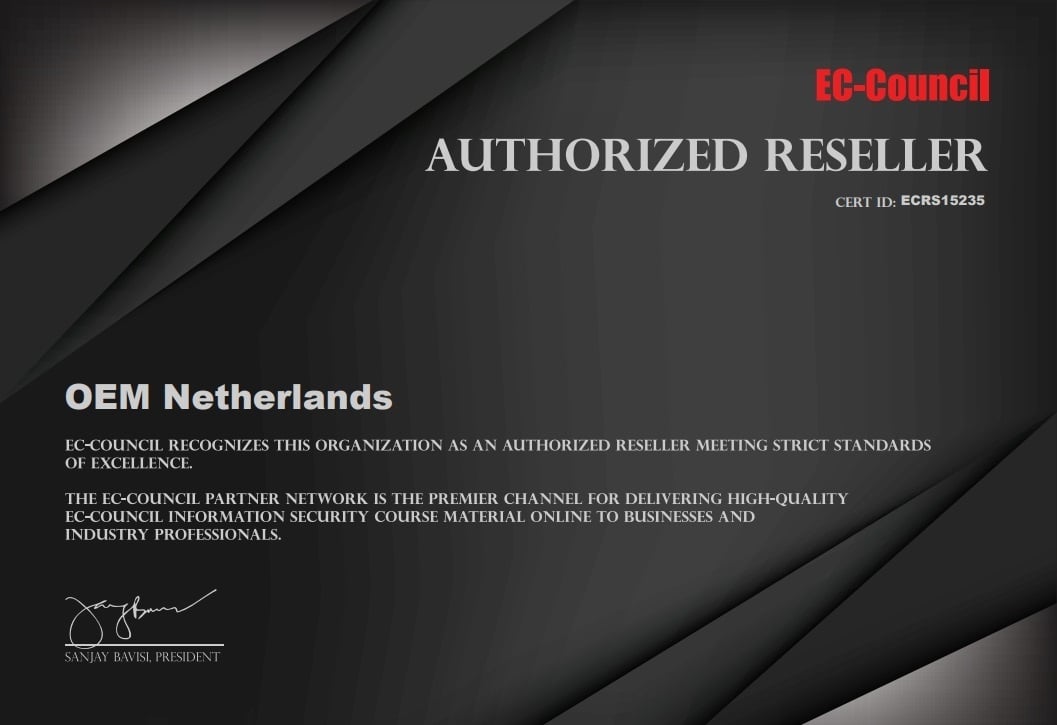Agile Trainings – Master modern project methodologies
Want to adopt the most efficient and flexible way of working? Take an Agile training at OEM Office Elearning Menu. Our courses teach you Agile principles and prepare you for certifications in methods like Scrum, SAFe®, and Lean.
Popular Agile Trainings
- Scrum Master Training – including certification preparation
- Product Owner Training – customer value-driven approach
- Agile Project Management – practical methods and tools
Training formats
- E-learning: study flexibly at your own pace with interactive content
- Learning Journeys: guided learning paths from foundation to advanced
- Learning Kits: includes practice exams and guidance
- In-company: customized for your team or organization
Why choose OEM Office Elearning Menu?
- 2nd Best Training Provider in the Netherlands
- Structured Agile learning paths
- ISO 9001 & ISO 27001 certified
- SCORM-compatible for LMS integration
Need help or a quote?
Request a quote or contact us. Our chatbot is available 24/7 to assist you.



